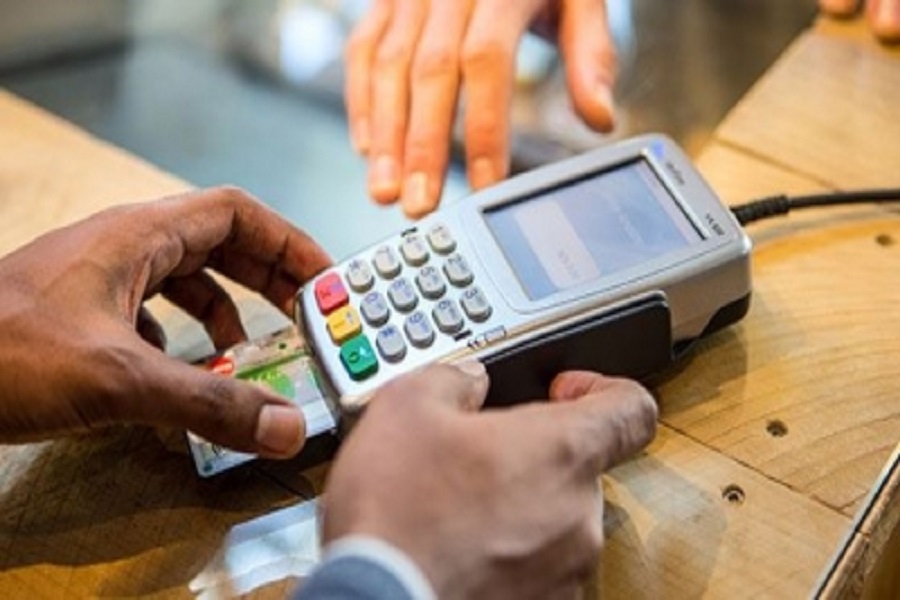Asia`s Factories Surge Amid China`s Recovery, Risks Persist by Amit Gupta, Kedia Advisory

Follow us Now on Telegram ! Get daily 10 - 12 important updates on Business, Finance and Investment. Join our Telegram Channel
Asia's manufacturing sector showed signs of revival in November, driven by China's impressive factory activity growth, which hit a five-month high. The Caixin PMI rose to 51.5, reflecting robust domestic and export orders fueled by Beijing's stimulus efforts. While China’s recovery bolstered production in South Korea and Taiwan, Japan's factory activity contracted, highlighting regional disparities. Risks such as potential trade tensions under a second Donald Trump presidency and global economic uncertainties remain pressing concerns. Weak demand in Japan, especially in semiconductors and automotive sectors, underscored vulnerabilities. Overall, China's rebound offers hope but is tempered by broader regional challenges.
Key Highlights
* China's factory activity hit a five-month high in November, with PMI at 51.5.
* New export orders in China rose for the first time in four months.
* Japan's factory activity contracted at the fastest pace in eight months.
* South Korea and Taiwan benefited from China's economic recovery.
* Global trade risks loom amid potential Trump policy shifts.
Asia's manufacturing sector demonstrated mixed signals in November, with China's robust recovery contrasting Japan's ongoing struggles. China's Caixin PMI climbed to 51.5, marking its highest level in five months, driven by a surge in new orders and increased production. Export orders rose for the first time in four months, highlighting improved external demand. This resurgence boosted optimism among Chinese manufacturers to an eight-month high.
China's recovery positively impacted regional peers such as South Korea and Taiwan, which saw improved factory activity. Many Chinese exporters are expediting shipments to key markets to preempt potential tariffs, emphasizing the interplay of geopolitical concerns and economic policies.
Conversely, Japan faced headwinds as its PMI fell to 49.0, indicating contraction for the fifth consecutive month. Weak domestic and overseas demand, particularly in semiconductors and automotive industries, pressured production. Export orders declined for the 33rd straight month, while rising input costs further strained manufacturers.
Global trade uncertainties, amplified by the possibility of a second Donald Trump presidency, add to the challenges. Policymakers must navigate these risks while addressing internal demand weaknesses.
Conclusion
China's factory recovery offers hope for Asia's economy, but regional disparities and global trade uncertainties call for cautious optimism and strategic policymaking.
Above views are of the author and not of the website kindly read disclaimer










More News

Note by Jitendra Gohil, Chief Investment Strategist, Kotak Alternate Managers














